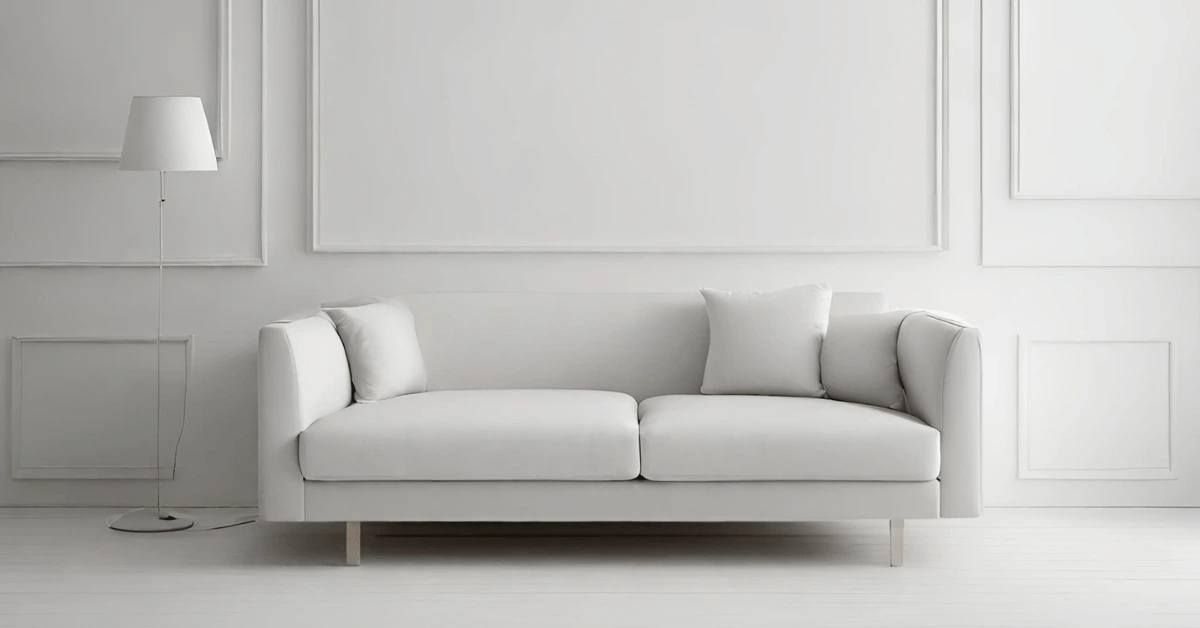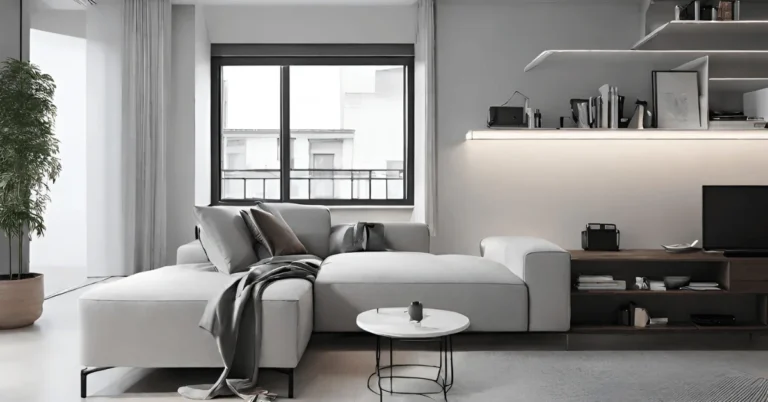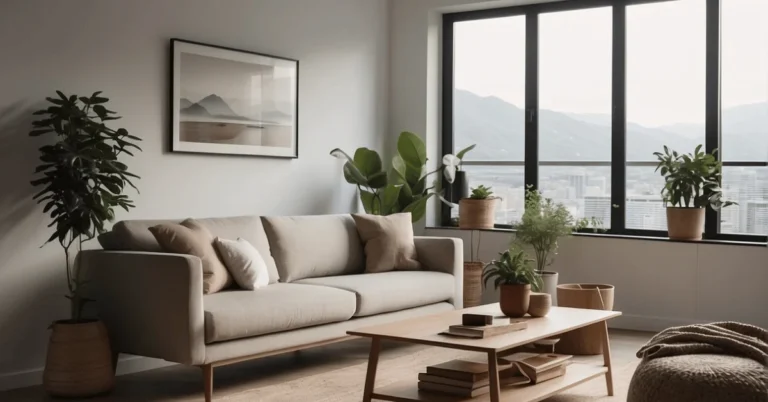Have you ever felt overwhelmed by the clutter in your life, both physically and mentally?
Minimalism isn’t just about tidying up; it’s a transformative journey towards intentional living. Let’s explore how embracing minimalism can declutter your life and align it with your core values.
In this journey towards how to become a minimalist, we’ll uncover the profound impact of choosing less over more and how this choice can lead to a more fulfilling life.
This article guides you through the essentials of simplifying your space, adopting mindful habits, and discovering the joys of a minimalist lifestyle. Join us as we dive into the principles of minimalism, illustrating how it’s much more than an aesthetic—it’s a pathway to a more purposeful and serene existence. The question ahead of us is: How to become a Minimalist!
Understanding Minimalism
Minimalism is a lifestyle that emphasizes the importance of living with less. It is not just about decluttering your physical space, but also about simplifying your life and focusing on what truly matters. Minimalism is about intentional living and making choices that align with our values and goals.
To dive deep into how to become a minimalist, we need to adopt a minimalist mindset. This means being aware of our consumption habits and making intentional choices about what we bring into our lives. We need to understand that our possessions do not define us and that we can find happiness and fulfillment in experiences rather than things.
Minimalism is not about deprivation or living a life of scarcity. It is about living a life of abundance and being grateful for what we have. By focusing on the things that truly matter, we can create more space and time in our lives for the things that bring us joy and fulfillment.
To embrace minimalism, we need to be aware of our values and priorities. We need to understand what is truly important to us and make choices that align with those values. This might mean letting go of possessions that no longer serve us or simplifying our daily routines to create more time for the things we love.
In summary, minimalism is a lifestyle that emphasizes intentional living, focusing on what truly matters, and creating space for joy and fulfillment in our lives. By adopting a minimalist mindset and being aware of our values and priorities, we can simplify our lives and find greater happiness and contentment.
The Benefits of How to become a Minimalist
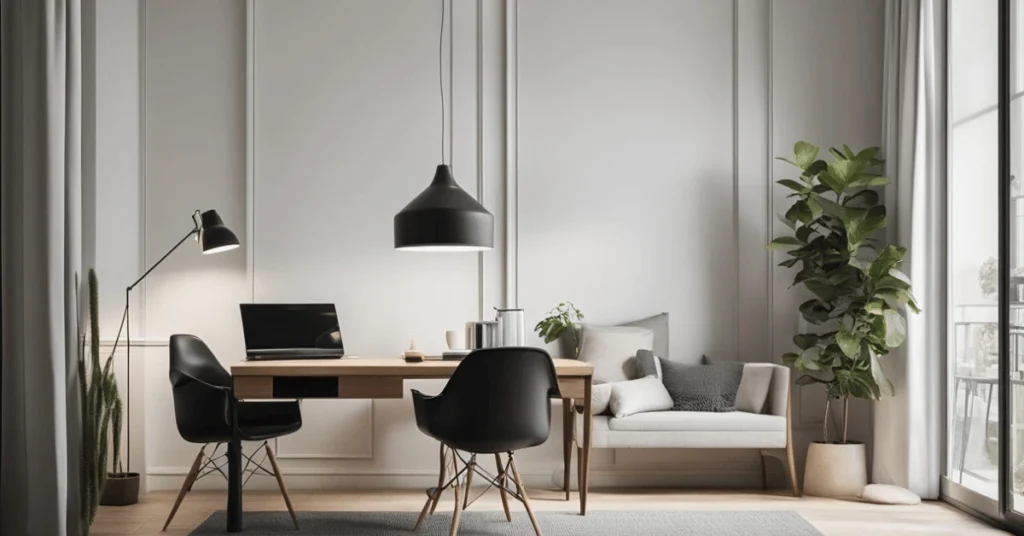
Deciding to embrace the question ‘how to become a minimalist’ can have a significant impact on your life. Here are some of the benefits that we can experience:
Freedom
By letting go of material possessions and focusing on what truly matters, we can free up space in our homes and our minds. This can lead to a more fulfilling life with less stress and anxiety.
Peace
By simplifying our lives, we can reduce the chaos and clutter that can cause us to feel overwhelmed. This can lead to a greater sense of calm and tranquility in our daily lives.
Happiness
By focusing on experiences and relationships rather than material possessions, we can find joy in the simple things in life. This can lead to a more fulfilling and satisfying life overall.
Contentment
Minimalism can also bring us contentment. By being grateful for what we have and focusing on what is truly important, we can find contentment in our lives. This can lead to a greater sense of satisfaction and fulfillment.
Peace of Mind
By simplifying our lives and reducing our possessions, we can reduce the stress and anxiety that can come with clutter and chaos. This can lead to a greater sense of peace and calm in our daily lives.
Stress Reduction
By simplifying our lives and focusing on what truly matters, we can reduce the stress and anxiety that can come with a busy and cluttered life. If you question yourself, how to become a minimalist, this can lead to a more relaxed and enjoyable life overall.
Joy
By focusing on experiences and relationships rather than material possessions, we can find joy in the simple things in life. This can lead to a more fulfilling and satisfying life overall.
Decluttering Your Space
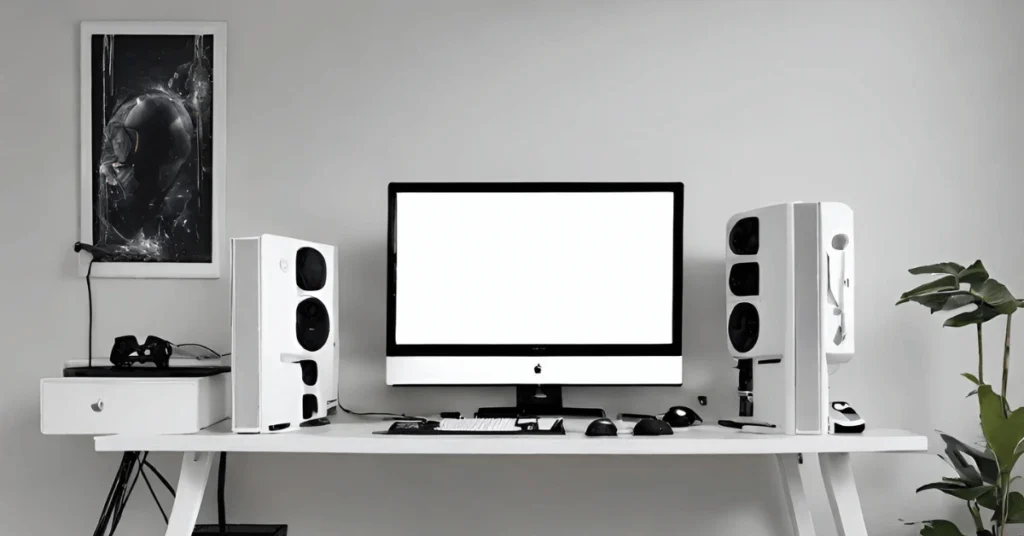
If you ask yourself how to become a minimalist, decluttering your space is an essential step. We need to get rid of the excess stuff that is taking up space in our homes and lives. Here are some tips to help you declutter and organize your space:
- Start small: Pick one area of your home, such as a closet or a drawer, and declutter it. This will give you a sense of accomplishment and motivate you to tackle larger areas.
- Sort your stuff: Separate your belongings into three piles: keep, donate/sell, and trash. Be honest with yourself about what you really need and use.
- Get rid of duplicates: Do you really need three pairs of black shoes or six coffee mugs? Keep only what you need and use regularly.
- Recycle and donate: Instead of throwing away items that are still in good condition, consider donating them to a local charity or selling them online. Recycle items that are no longer usable.
- Organize what’s left: Once you’ve decluttered, it’s time to organize what’s left. Use storage containers, shelves, and drawers to keep everything in its place.
Adopting a Minimalist Lifestyle
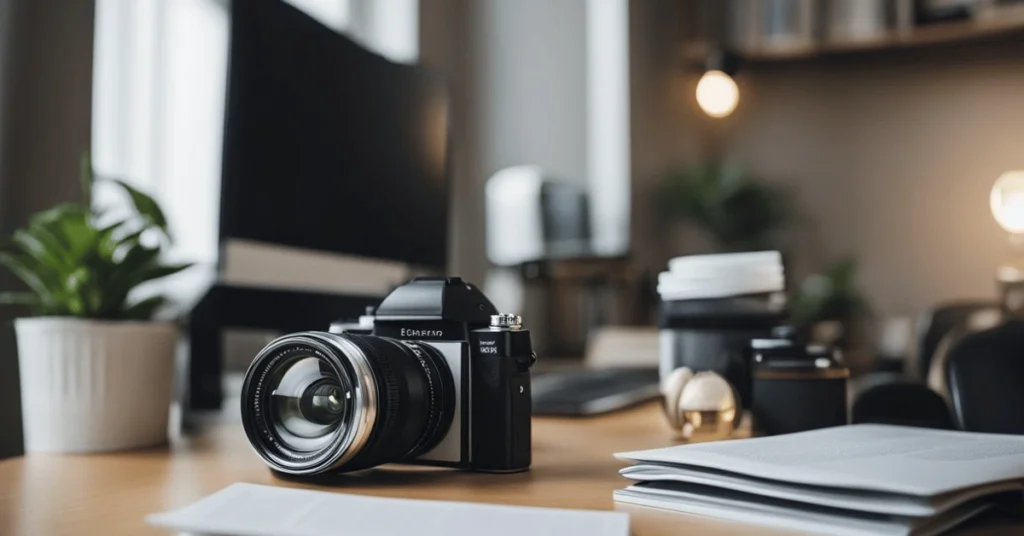
Living intentionally and mindfully, focusing on balance and simplicity is your answer to how to become a minimalist. Here are a few habits we can cultivate to help us let go of excess and simplify our lives in order to answer ‘How to become a Minimalist’:
- Declutter regularly. Minimalism is all about letting go of what we don’t need, so it’s important to declutter regularly. We can start small by tackling one area of our home at a time, and gradually work our way through our possessions. When we’re deciding what to keep and what to let go of, we can ask ourselves if the item brings us joy, if we’ve used it in the past year, and if it serves a practical purpose.
- Simplify our routines. We can simplify our daily routines by streamlining our wardrobe, meal planning, and automating our bills. By reducing the number of decisions we have to make each day, we can free up mental space and reduce stress.
- Practice mindfulness. Mindfulness is the practice of being present in the moment, without judgment. By practicing mindfulness, we can become more aware of our thoughts and emotions, and learn to let go of negative self-talk and limiting beliefs.
- Focus on experiences over possessions. Minimalism is not about depriving ourselves of things we enjoy, but rather about shifting our focus from possessions to experiences. Instead of buying more stuff, we can invest in experiences that bring us joy and fulfillment.
- Create balance. Minimalism is not an all-or-nothing approach. We can create balance in our lives by focusing on what’s important to us and letting go of what’s not. This might mean reducing our work hours, spending more time with loved ones, or pursuing a hobby we’re passionate about.
By adopting a minimalist lifestyle, we can simplify our lives, reduce stress, and focus on what truly matters.
Managing Your Possessions
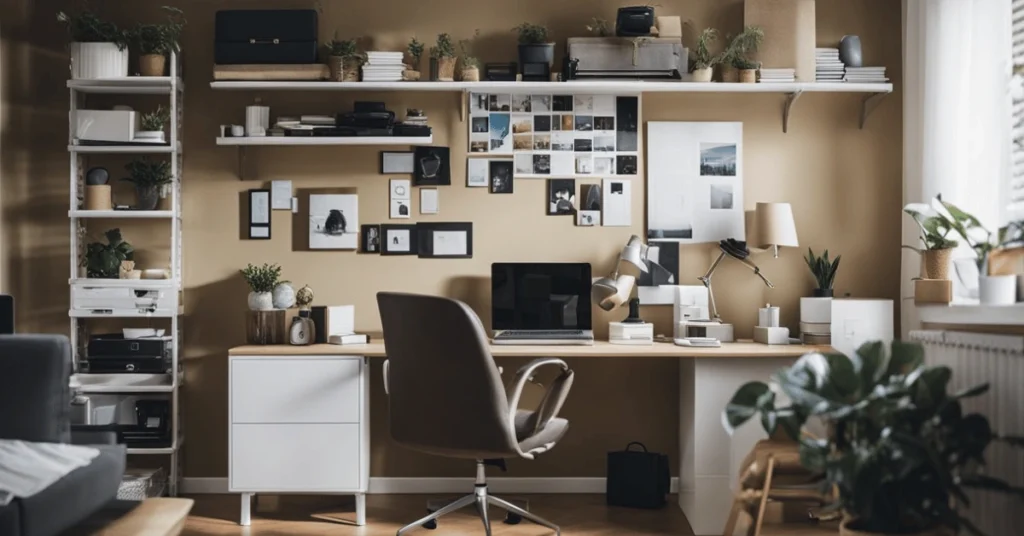
As minimalists, we understand the importance of managing our possessions. It’s not about having the least amount of things possible, but rather about having only the things that we truly need and cherish. Here are some tips for managing your possessions effectively and start the path on ‘How to become a minimalist’:
Wardrobe
When it comes to our wardrobe, we need to be intentional about what we keep. A capsule wardrobe is a great way to simplify your closet and only keep the essentials. This means having a limited number of high-quality pieces that can be mixed and matched to create a variety of outfits. We can also donate or sell any items that we no longer wear or that don’t fit our personal style.
Shoes
Shoes can take up a lot of space, so it’s important to only keep the ones that we wear regularly. We can also invest in high-quality shoes that will last longer and reduce the need for frequent replacements. Donating or recycling old shoes is a great way to declutter and give back to the community.
Sentimental Items
It’s okay to keep sentimental items, but we need to be mindful of how many we keep and how we display them. Instead of keeping everything in a box, we can choose a few items to display in our home or office. We can also take photos of sentimental items and create a digital memory book to reduce physical clutter.
Material Possessions
We need to be intentional about the material possessions that we bring into our lives. Before making a purchase, we can ask ourselves if it’s something that we truly need or if it will bring value to our lives. We can also consider renting or borrowing items that we only need for a short period of time.
Essential Things
We need to prioritize the essential things in our lives, such as food, shelter, and healthcare. By focusing on these things, we can reduce the need for excess possessions and simplify our lives.
Undergarments
Undergarments are an important part of our wardrobe, but we don’t need to have a large collection. We can invest in high-quality undergarments that will last longer and reduce the need for frequent replacements. Donating or recycling old undergarments is also a great way to declutter and give back to the community.
Overall, managing our possessions is an ongoing process. By being intentional and mindful, we can reduce physical clutter and simplify our lives.
Minimalism in Your Kitchen and Bathroom
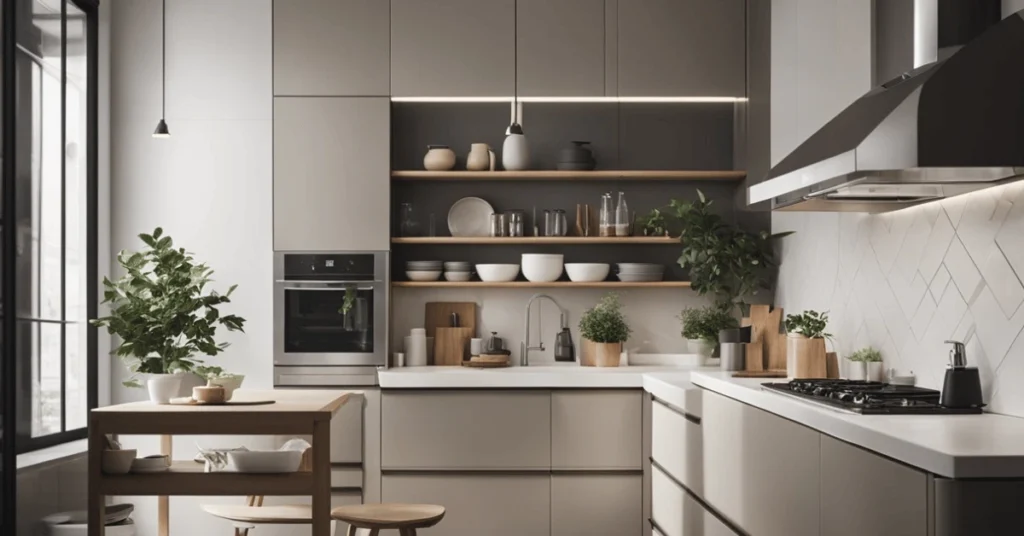
When it comes to minimalism, the kitchen and bathroom can be some of the most challenging areas to tackle. However, with a few simple changes, we can create a more streamlined and clutter-free space are on our way to ‘How to become a Minimalist’.
In the kitchen, start by decluttering your cabinets and drawers. Get rid of any duplicate or unused items and keep only the essentials. Consider investing in multi-purpose tools and appliances to reduce the number of items you need. Store items vertically to maximize space and make them more accessible.
When it comes to cleaning, opt for natural, non-toxic products that can be used for multiple purposes. This reduces the number of cleaning products you need and is better for both your health and the environment. Keep cleaning supplies in one designated area to avoid clutter.
In the pantry, organize items by category and make sure to rotate stock so nothing goes to waste. Consider buying in bulk to reduce packaging waste and save money in the long run. Keep a list of items you need to avoid overbuying.
In the bathroom, start by decluttering your cabinets and drawers. Get rid of any expired or unused products and only keep the essentials. Store items vertically to maximize space and make them more accessible.
When it comes to towels, keep only what you need and donate any extras. Consider investing in high-quality, versatile towels that can be used for multiple purposes. In the fridge and freezer, make sure to rotate stock and keep items organized by category to avoid waste.
By implementing these simple changes, we can create a more minimalist and functional kitchen and bathroom.
Challenges and Solutions in Minimalism
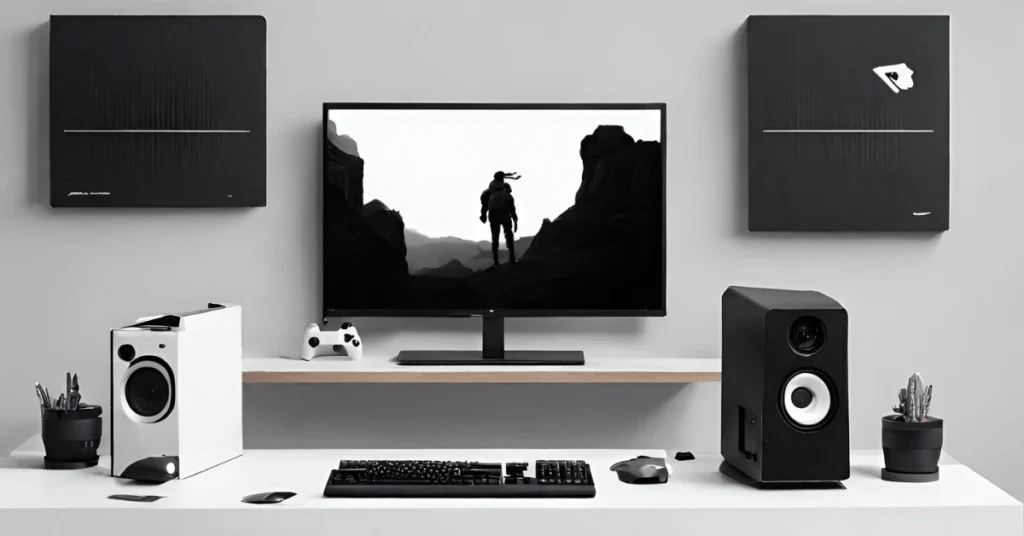
With the right mindset and approach, we can approach the unknown of how to become a minimalist.
Process
One of the biggest challenges in minimalism is the process of decluttering. It can be overwhelming to go through all of our possessions and decide what to keep and what to let go of. To overcome this challenge, we can break the process down into smaller, more manageable tasks. We can start with one room or category at a time and set a goal for how many items we want to get rid of each day or week.
Mindset
Another challenge in minimalism is changing our mindset. We may be used to accumulating things and may feel a sense of loss when we let go of them. To overcome this challenge and reach the final stage of How to become a Minimalist, we can focus on the benefits of minimalism, such as having more time and energy for the things that truly matter to us.
Emotions
Letting go of sentimental items can be especially difficult. We may feel guilty or sad about getting rid of things that have emotional value to us. To overcome this challenge, we can take photos of these items or find ways to repurpose them so that we can still keep the memories without the physical clutter.
Gratitude
Minimalism is not just about getting rid of things; it’s also about cultivating gratitude for what we already have. This can be a challenge when we are used to always wanting more. To overcome this challenge, we can practice gratitude by focusing on the things we are thankful for and reminding ourselves of them regularly.
Organization
Once we have decluttered, we may struggle with organizing our remaining possessions. To overcome this challenge, we can create a system for each category of items and make sure everything has a designated place. We can also invest in storage solutions that fit our needs and lifestyle.
Productivity
Minimalism can also help us be more productive by reducing distractions and allowing us to focus on our priorities. However, we may struggle with staying productive and avoiding procrastination. To overcome this challenge, we can create a schedule or to-do list and prioritize our tasks based on importance and urgency.
Calendar
Another helpful tool for staying productive is a calendar. We can use a calendar to schedule our tasks, appointments, and activities and make sure we are using our time efficiently. We can also use a calendar to plan ahead and avoid overcommitting ourselves.
Vision
Finally, it’s important to have a vision for our minimalist lifestyle, figuring out How to become a Minimalist. We need to know why we are doing this and what we hope to achieve. This can help us stay motivated and focused on our goal. We can create a vision board or write down our goals to remind ourselves of why we are on this journey.
Minimalism and Financial Freedom
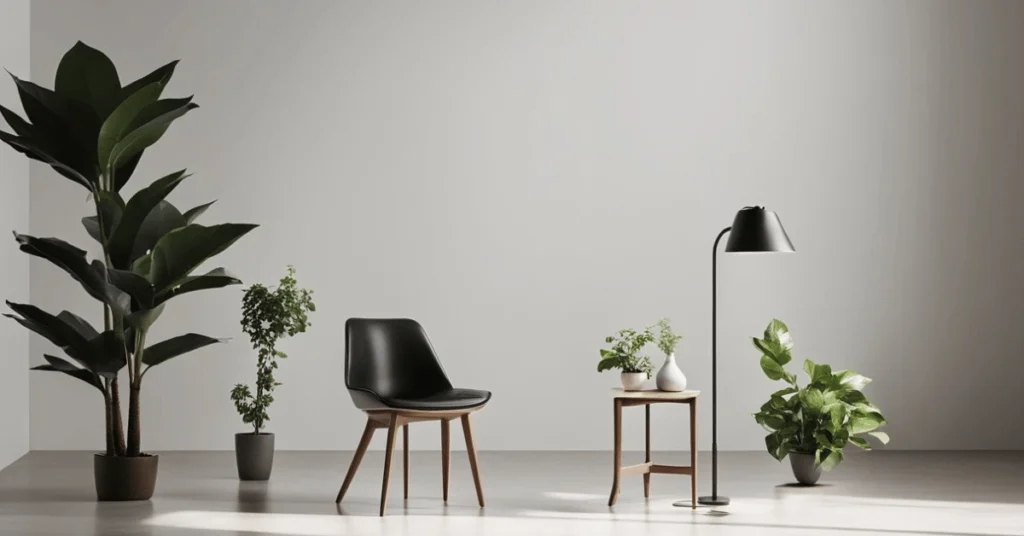
When we embrace minimalism, we often find ourselves with more financial freedom. By reducing our consumerism and downsizing our possessions, we can save money and live more sustainably.
If we choose the path on how to become a minimalist, we are encouraged to optimize our spending and streamline our expenses. We begin to focus on the things that truly matter, rather than accumulating more stuff. This clarity helps us make more informed financial decisions and avoid unnecessary expenses.
We can also use minimalism as a tool to achieve our financial goals. By reducing our expenses, we can save more money and invest in our future. This can help us achieve financial independence and retire earlier.
In addition to financial benefits, minimalism also allows us to live a more sustainable lifestyle. By consuming less and reducing our waste, we can make a positive impact on the environment.
How do I start approaching the question ‘How to become a minimalist’?
Begin by decluttering your space, focusing on keeping only essential and meaningful items.
Can a minimalist save money?
Yes, the question ‘ How to become a minimalist ‘ often leads to less spending and more thoughtful consumption.
How does the path of how to become a minimalist affect mental health?
It can reduce stress and anxiety by simplifying your environment and lifestyle.
Can a family live minimally?
Yes, families can embrace minimalism by involving all members in simplifying and decluttering after answering all questions related to how to become a minimalist.
How does minimalism impact the environment?
It promotes sustainable living by reducing waste and unnecessary consumption.
Is it hard to maintain a minimalist lifestyle after you discovered how to become a minimalist?
It can be challenging but becomes easier as you adapt and see the benefits.
How do I handle sentimental items?
Keep a few cherished items and consider digitizing photos and memories.
We’ve delved into the transformative journey to find answers regarding how to become a minimalist, but now we’re eager to hear from you!
What personal strategies or unique ideas have you implemented in embracing a minimalist lifestyle?
Your experiences and tips could inspire others on this path. Share your insights and be part of our community discussion in the comments below!

